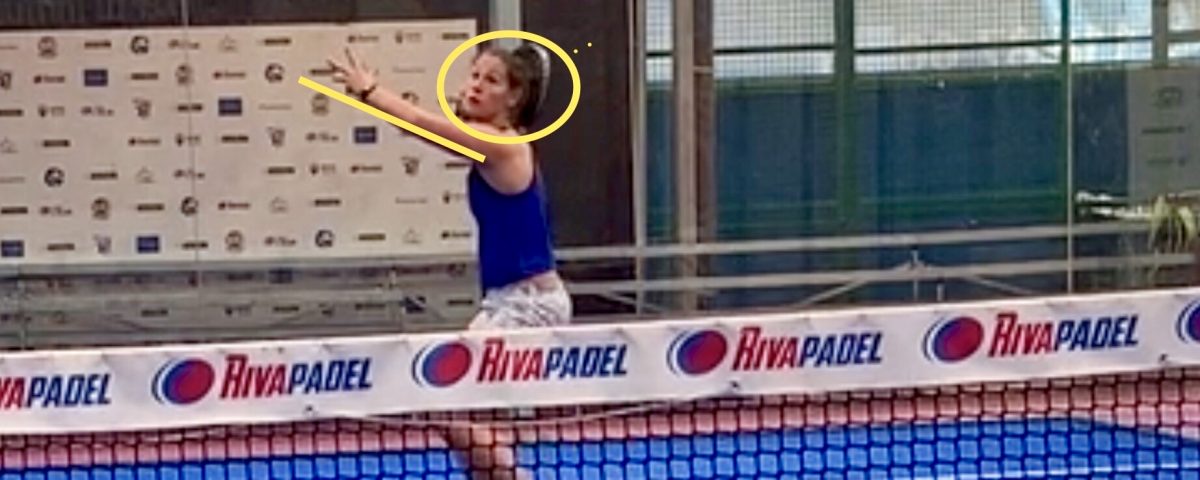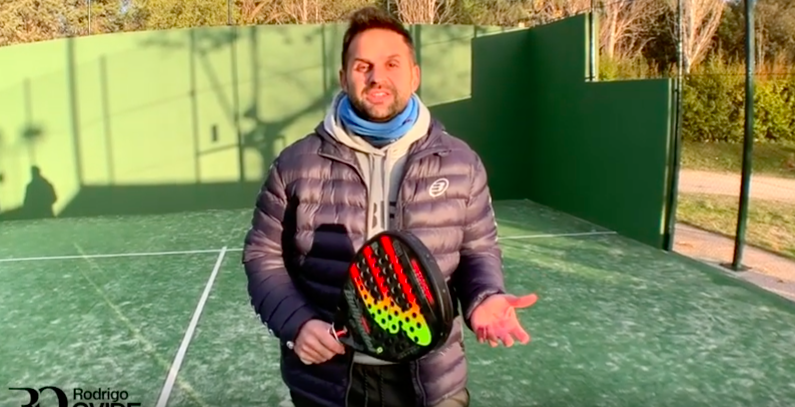THE THREE STEPS OF THE VÍBORA

HOW TO SPEED THE GAME IN THE VOLLEY.
15 May, 2019
TRAININGS FIND YOUR BEST PERFORMANCE
22 May, 2019WITH BRUNA MELO.
In the last post, we saw how Gaby Reca made a bandeja of definition to the fence (https://www.rodriovide.com/2019/02/27/definicion-de-bandeja-reja/). If you did not see it, you can watch it in this link.
Today, we will see Bruna Melo, a Portuguese young player who came to Madrid to train and it is worthwhile to show her progression of the víbora.
First we must know is:
- What is the víbora?
- How must we do it?
- When must we use it?
With these three questions, we will solve a few doubts and we will make it clear that the víbora is another stroke within a range of possibilities that padel gives us.
- What is the víbora?
In padel, the víbora is very similar of the smash like the one used in tennis (with kick) since the movement is very similar. The most significant difference is that one (Kick) is hit upwards or a little behind the head and the other (Víbora) is struck next to us; but the mechanics of the movement with levers is similar.
It is always said to be a defining stroke (and it can be); but, can it be used other times or in other positions that are not recommended?
Of course, the important is to be aware of where and how we are to perform the stroke, also taking into account the position of our rivals.
However, naturally, I can generate the same thing with the víbora that you try to do with a bandeja: TO KEEP THE NET.
What is important is to understand that if my comfortable stroke is the víbora and I will use it for all purposes, I must know when to press the ball and when not.
- How must we do it?
Here, we will apply the three steps to make the stroke. I will explain it with the example of Bruna, a right-handed player of the backhand.
- PREPARATION: The most significant of the stroke is its structure, putting the racket to the back of the neck. It is important that the elbow was, at least, shoulder height (never below); the left arm must be up maintaining an optimum strength so that our entire upper part was firm. This ensures a correct movement without getting out of control when hitting. The support will be on the right leg if the ball is far from me (to the right) or backward; instead, if the ball is ahead of us, the support will be on the left leg. In both cases, we must put 90 % of the weight on one leg.
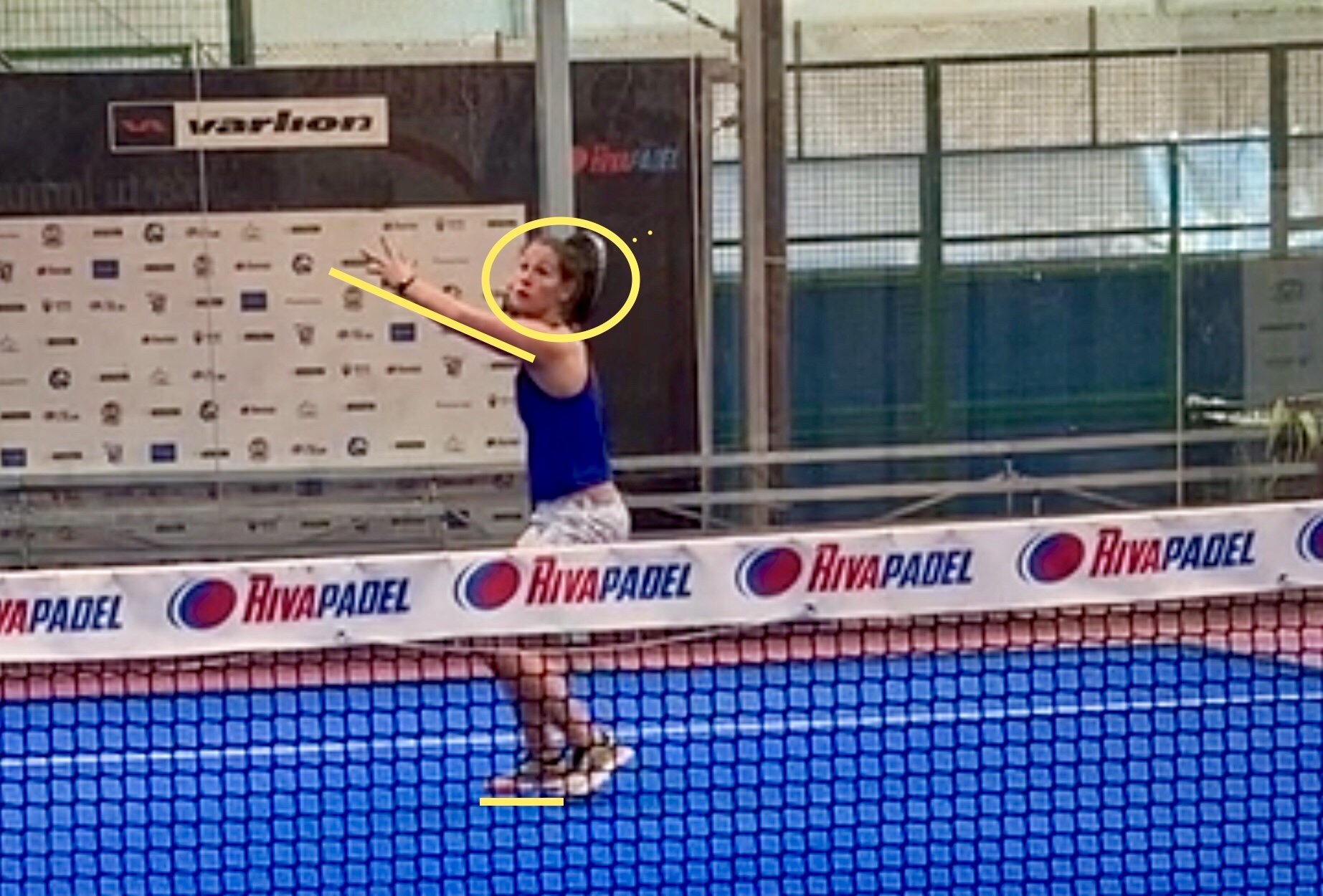
2. IMPACT: Here, we must understand that it can be done in several ways, since depending on the point of impact (further or far back) and our handle (right, backhand or continental) will be the one that best suits our style. The forehand handle will be flatter, which guarantees more power and speed, but we must be careful because it is convenient to do it with the ball further. The backhand handle will have more lateral effect, so it gives us more control and less speed. This stroke can be performed far back, but we must be careful because if I hit far ahead, will be better to change the way to the middle or in parallel. The continental handle will be the most flexible because you can load it with more effect or play it flatter if you want, being able to move the impact points as comfortable as you feel or as the opponent´s lob forces me. In the moment of the impact is not only important the blow itself, but also where the force comes from, how it is generated, how it continues and how it ends. When we put the weight on the right foot, our left arm plays a very important role because when it goes a little behind us, it makes that the hip and shoulders rotation is used when we perform the stroke, thus, generating a more comprehensive stroke and a correct redirecting of the energy.
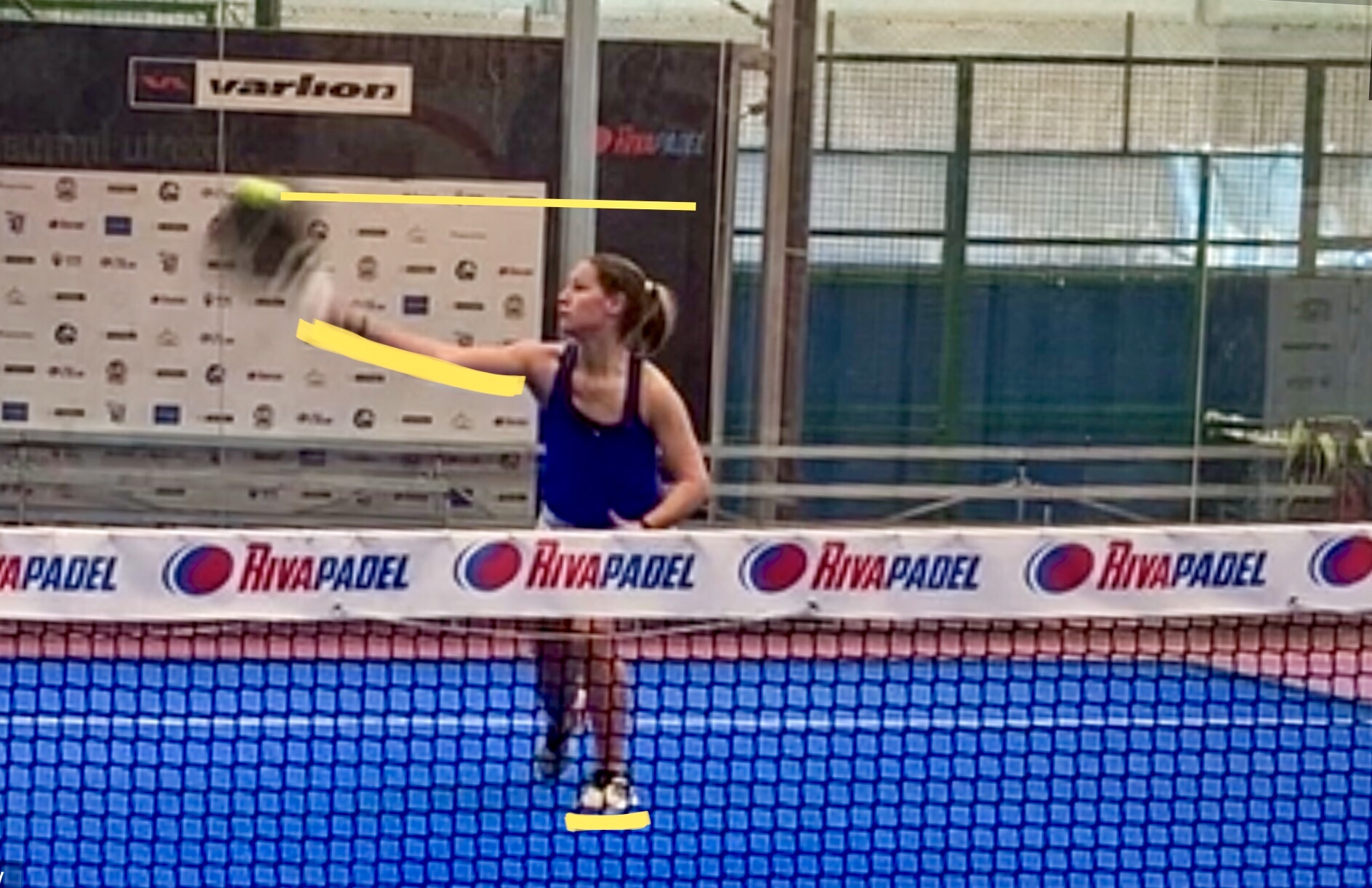
3. TERMINATION: This moment is the most forgotten of the three ones since we always pay attention to other things passing over this topic; but today, we will stop and give it the importance it deserves, since a correct termination ensures a correct stroke. With a simple test we can see if we start it and hit it properly; that test is to freeze oneself at the end of the stroke and stay a couple of seconds in pose, this will give us a clue how we have done it. The most common mistake of the termination, and more particularly in this stroke, is that we tend to loosen and release too much the arm and the wrist, thus, generating a lack of control of the movements that are very large and leaving the magic stroke at random. For this reason, the key word for this phase of the stroke is to remain frozen at the end and thus guarantee a complete stroke.
To finish implies putting the racket in the opposite waist; all the weight of the body in the left leg, the leg that is in the back must be stretched and far from the other and the vision and body looking towards where the ball was.
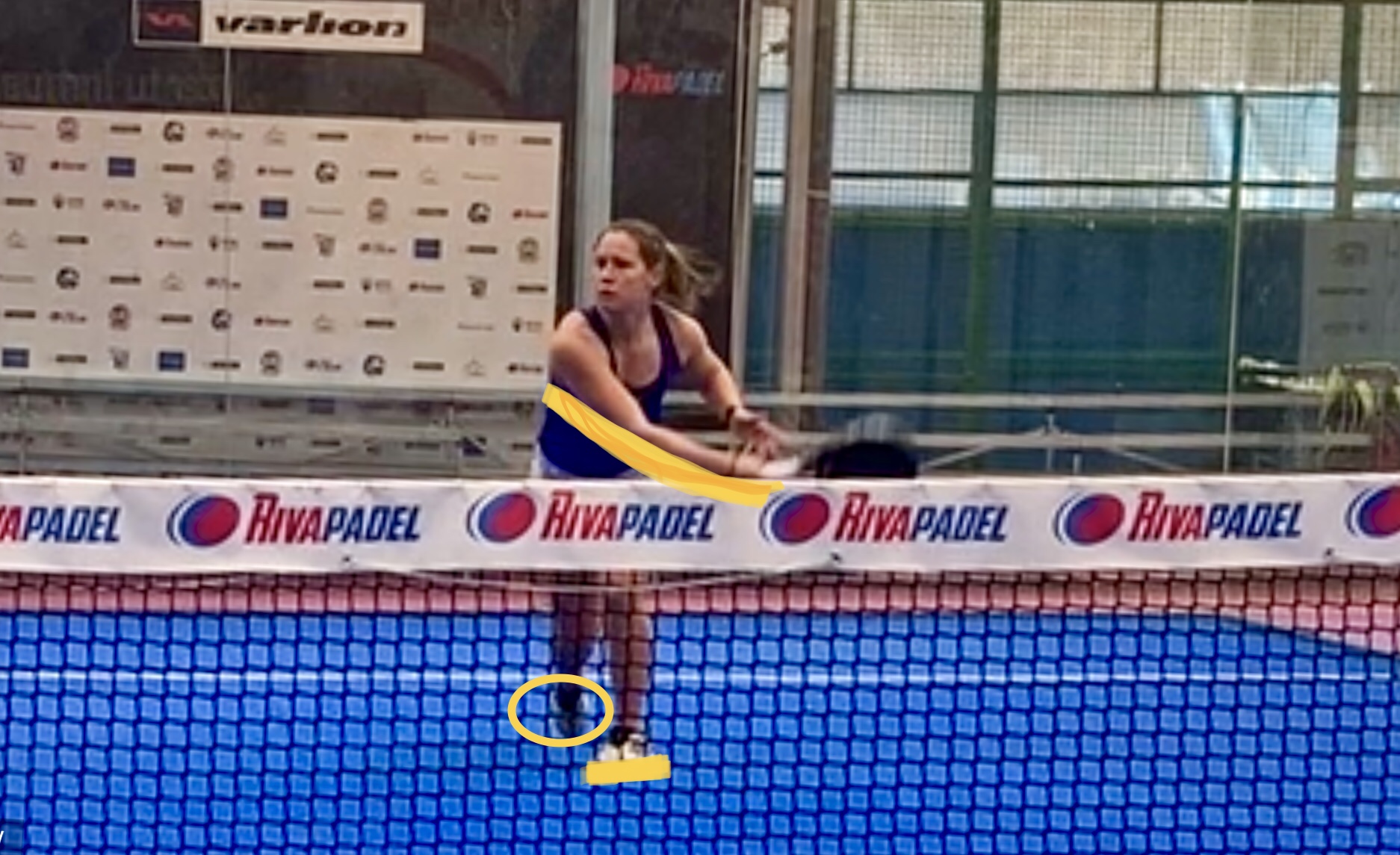 When must we use it?
When must we use it?
At this point is where more doubts are generated, and this is where I will try to resolve them, LOL. It can be used almost always, what is important is to be aware of what the stroke is like, its characteristics and what I can do in each situation. If you understand this, you can naturally have it as the only smash since you can play it slowly in the background, you can give it more effect, you can hit it in a flatter and stronger way and even you can vary the ways. However, not everything is so rosy, the angles and especially the short will not be recommended.
But you can use it both forehand and backhand, flat or backspin, strong or slow, to one corner or another and higher or lower, jumping or established, but the most important thing of all is to learn to CHOOSE CORRECTLY, and that, my friends, is the most complex task of all.
For this reason, you must not focus only on a beautiful gesture, but on how efficient it is in terms of the tactics of the moment and of a final strategy.
I hope clarify doubts about this shot and that you practice it.
Comment, share and train.
Greetings and to the next post.
RO

